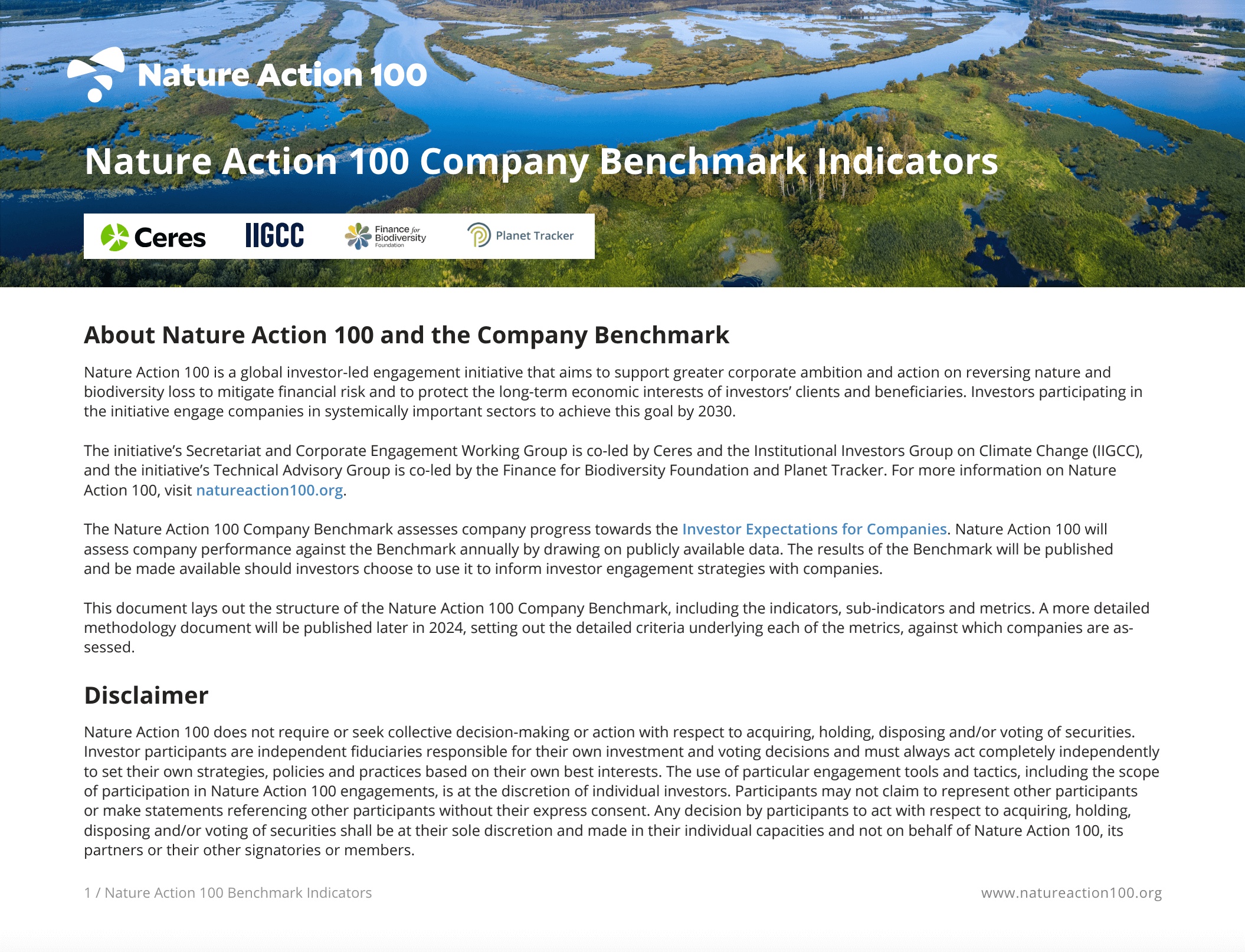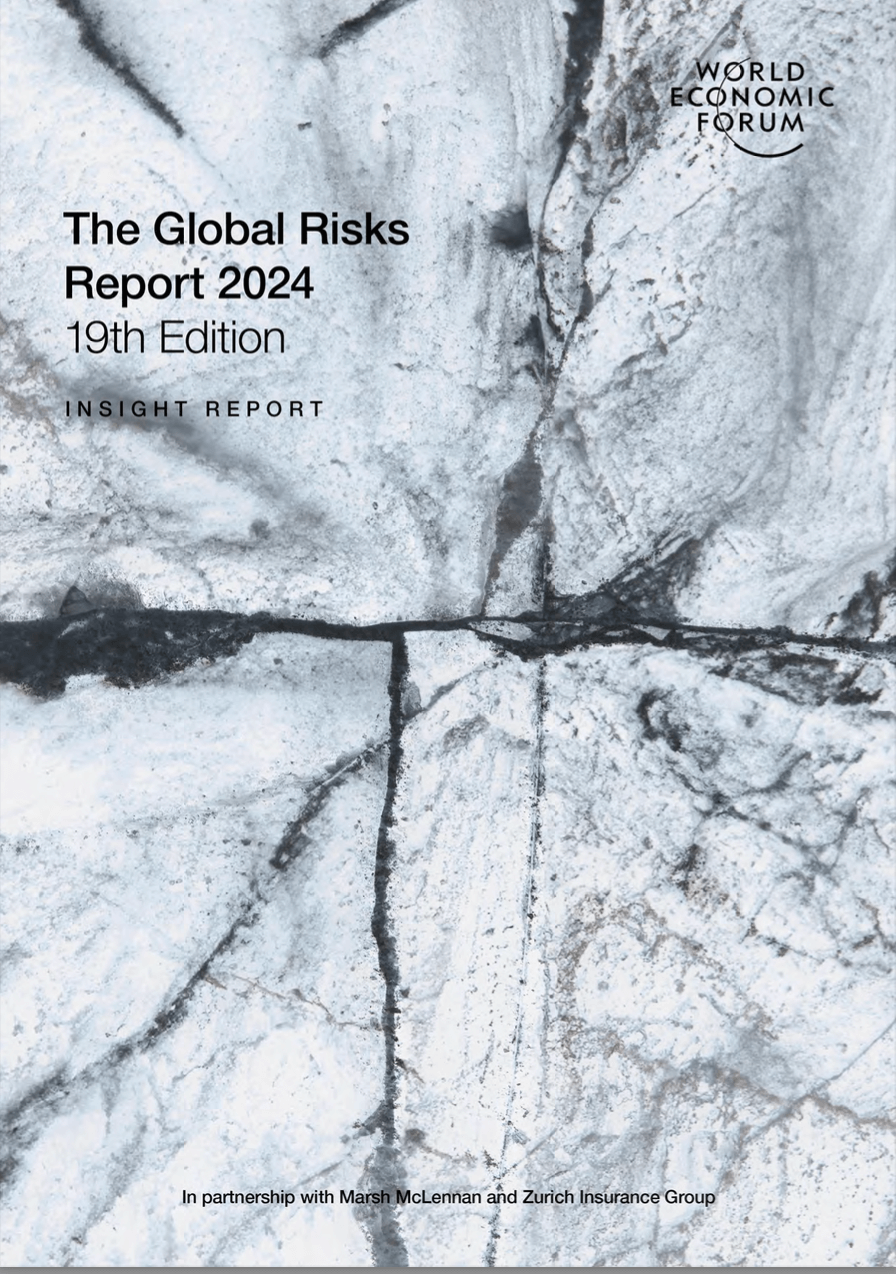Global Risk Report 2024
Detalles
| Environmental risks continue to dominate the risk landscape across all three time periods. Two-thirds of respondents rank extreme weather as the top risk most likely to present a material crisis on a global scale in 2024, with the warming of the El Niño-Southern Oscillation (ENSO) cycle expected to intensify and persist until May this year. It is also considered the second most serious risk over a two-year period and, as in the one-year ranking, almost all environmental risks are in the top 10 in the long term. However, respondents disagree on the urgency of environmental risks, in particular, on biodiversity loss and ecosystem collapse and critical Earth systems change. Younger respondents tend to rank these risks much higher compared to older age groups over a two-year period, with both risks ranking in the top 10 in the short term. For its part, the private sector highlights these risks as the main long-term concerns, unlike respondents from civil society or governments, who prioritize them in the short term. This dissonance between key decision-makers implies suboptimal alignment and decision-making, which increases the risk of missing key moments of intervention, resulting in long-term changes in planetary systems. |
Recursos relacionados

Nature Action 100 Company Benchmark Indicators
The Nature Action 100 initiative proposes a series of indicators to be used to assess the ambition and performance of…
2023
Conceptos básicos sobre biodiversidad para preparar a tu empresa para ser positiva para la naturaleza
La plataforma de la UE Business @ Biodiversity organizó un webinario a principios de abril dirigido a organizaciones interesadas en…

Accelerating corporate ambition and preparedness toward science-based targets for nature. Actionable insights from WBCSD’s SBTN Preparer
Setting goals of nature is an essential lever for corporate transformation and transition planning. The Science Based Targets Network (SBTN)…


